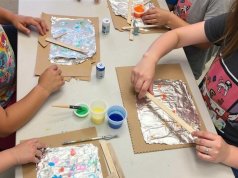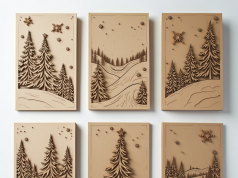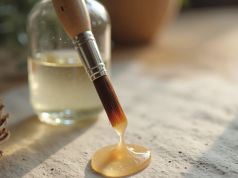The art of creating symmetrical patterns is mesmerizing in its harmony and precision. But what if I told you that perfect symmetry can be achieved without complicated calculations and tools? The method of drawing through glass opens amazing possibilities for both novice artists and experienced masters. This unusual method allows you to create complex ornaments, mandalas and decorative elements with mathematical precision, turning the creative process into a meditative action.
🔮 Origins of the method: from antiquity to the present day
The technique of symmetrical drawing through a glass surface has a rich history. Back in ancient Persia, masters used polished metal plates to create complex ornaments in mosques and palaces 🕌. Venetian Renaissance glassblowers used mirrors to design stained glass windows. Modern artists adapted this principle by replacing precious metals with ordinary glass, making the technique accessible to all.
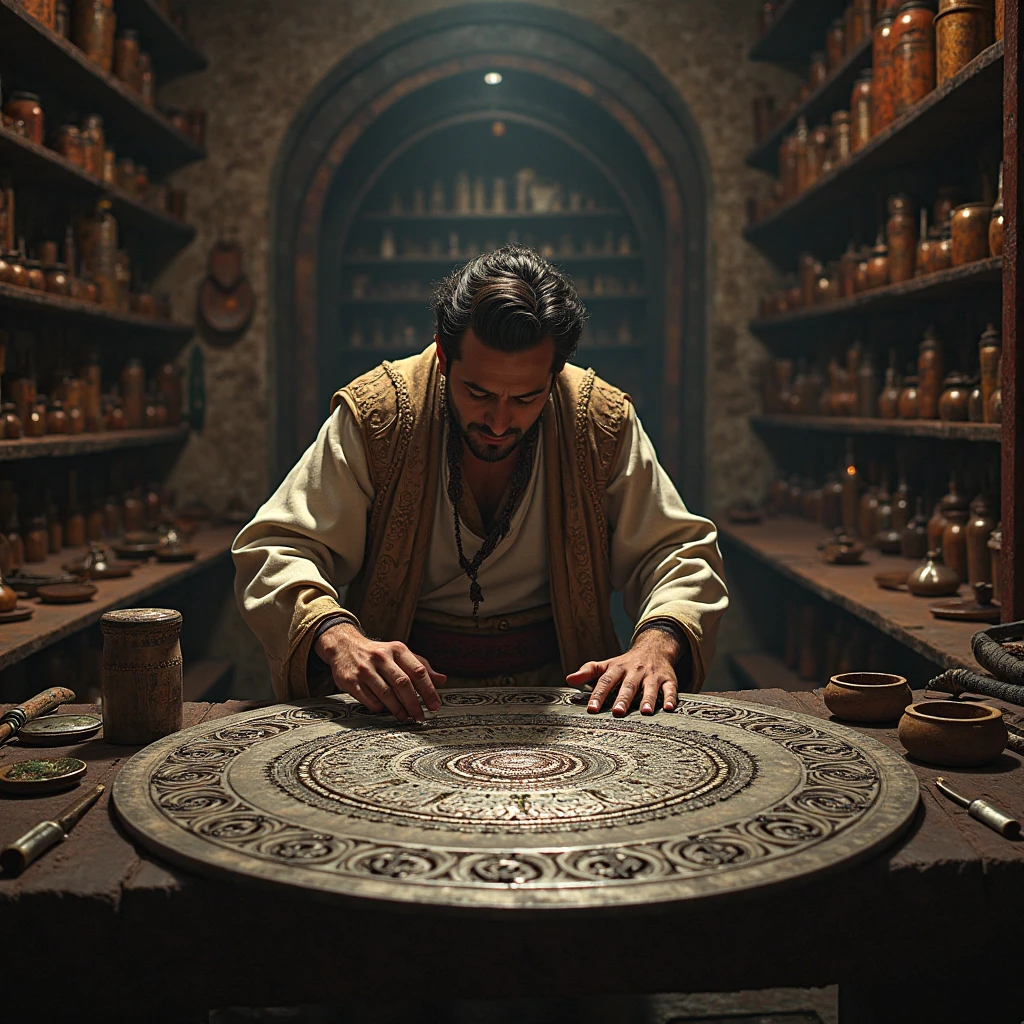
🛠️ What do I need for the job?
The beauty of this technique is its simplicity. You don't need expensive materials:
- Glass surface (a regular 20×30 cm glass photo frame or a mirror will do)
- Acrylic paints or special markers for glass 🎨
- Brushes of different thicknesses (from thin liners to flat synthetic liners)
- Stencils (optional) for the first experiments
- Print base (paper, fabric, or even ceramic tiles)
For more complex work, you can use:
✨ Swivel stand to create radial symmetry
✨ Fluorescent paints for glowing effects
✨ Texture pastes for three-dimensional elements
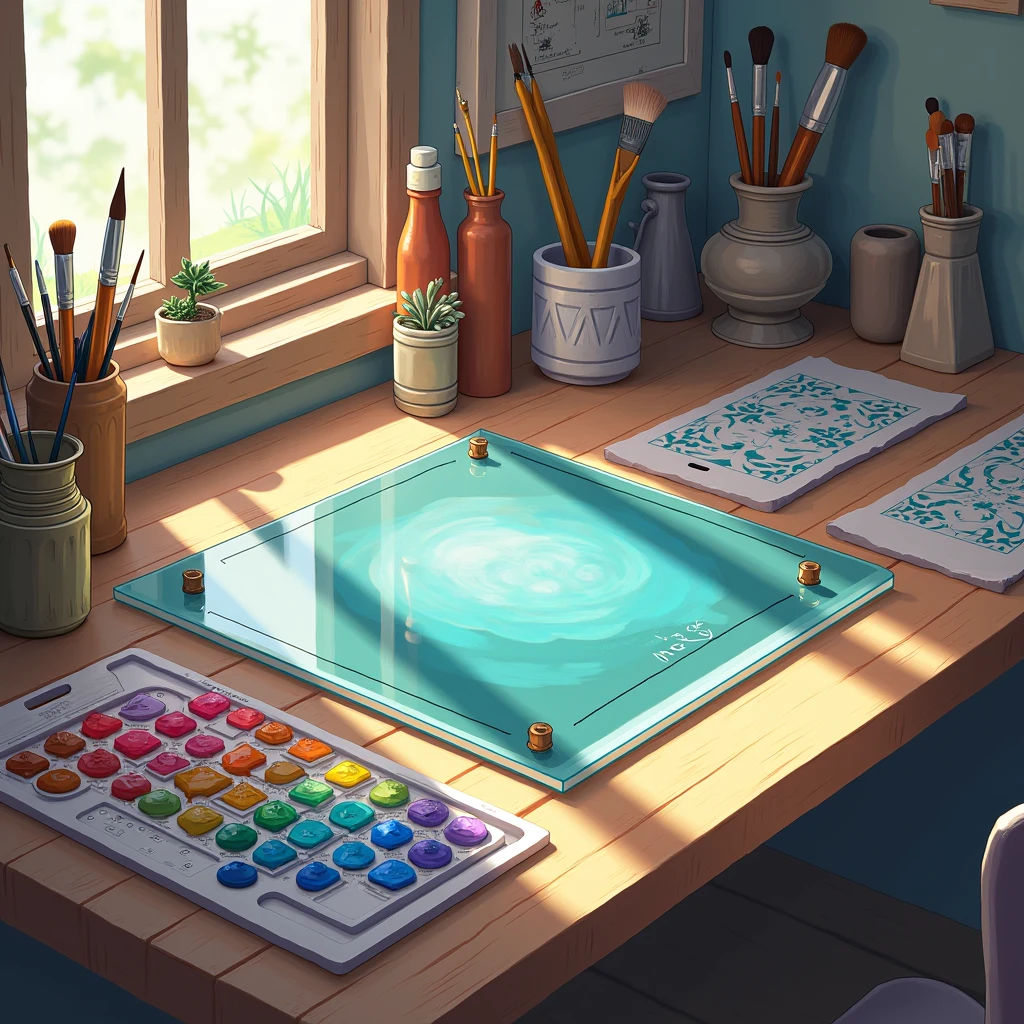
🌀 Technique step by step
- Preparation of the glass surface - Thoroughly degrease the glass with alcohol or window cleaner. This will ensure even application of the paint and a clear print. Place the glass on a stable surface with a piece of paper underneath it with the guide lines.
- Creating a basic pattern - Start from the center of the glass, drawing the main elements of the composition. Remember - everything you draw on one side will automatically be reflected symmetrically! For your first attempts, try simple geometric shapes: circles, triangles, waves.
- The development of ornamentation - Gradually increase the complexity of the drawing by adding new elements. Use the principle "from the center to the edges". Particularly effective look: Plant motifs (leaves, flowers 🌸); Abstract patterns; Cosmic themes (galaxies, constellations 🌌)
- The imprinting When the pattern is ready, gently press a piece of paper or cloth against the glass. Gently iron the surface, then carefully remove - your symmetrical masterpiece is ready!
🎨 Artistic possibilities of the technique
This method opens up limitless possibilities for creativity:
For beginners:
- Perfect symmetry without special skills
- Ability to correct errors (just erase the failed element)
- Fast results that inspire new experiments
For Professionals:
- Creating complex mandalas and ornaments
- Development of unique prints for textiles
- Preparation of sketches for stained glass and mosaics
They look particularly impressive:
- Multilayer compositions with overlapping of several prints
- Work with metallic and pearlescent paints
- Large-format projects on glass panels
💡 Tips and tricks of the trade
- Paint thickness control - Too thick a layer will print poorly, too thin will give a pale impression. The ideal consistency is like liquid sour cream.
- Color work - Start with light colors and gradually move to darker colors. This will help keep the colors pure.
- The use of stencils is. For complex elements, make cardboard templates - attach to the glass and paint.
- Experiments with the basics - Try making prints on:
- Watercolor paper (for soft strokes)
- Black paper (dramatic effect).
- Fabrics (using textile paints)
🌿 Therapeutic effect of the method
Drawing symmetrical patterns through glass is not only creative, but also a powerful art therapy tool:
- The meditative process of creating repetitive elements calms the nervous system
- Development of both hemispheres of the brain through working with symmetry
- Increasing concentration without strain
- Satisfaction with the result - even beginners create beautiful work.
Many psychologists recommend this technique for:
- Stress relief after a day's work
- Development of fine motor skills in children
- Rehabilitation after trauma
✨ Ideas for inspiration
- Seasonal postcards 🎄 - Create festive motifs for New Year's Eve, Easter or other holidays
- Exclusive textiles - Transfer patterns to t-shirts, bags or tablecloths
- Interior Design - Decorate with symmetrical prints: Wall panels; Lampshades; Decorative plates.
- The art diary Create daily mini-mandals as a form of art therapy
🔄 Alternative methods
If you don't have glass on hand, give it a try:
- Wet folding method - a drawing on half a sheet of paper, then a print on the other half
- Using a 90° mirror for symmetry control
- Digital analogs in graphic editors (but the live technique gives a unique effect!).
🌟 Conclusion: an art that is accessible to everyone
The technique of drawing symmetrical patterns through glass blurs the boundaries between professional and amateur art. It does not require special training or expensive materials, but produces impressive results. It is the perfect way:
- Start your journey in the arts
- Diversify creative practice
- Find a new source of inspiration
- Turn stress into creativity
Try it and you will discover the magic of perfect symmetry, where every movement of the brush becomes an element of a harmonious whole.


